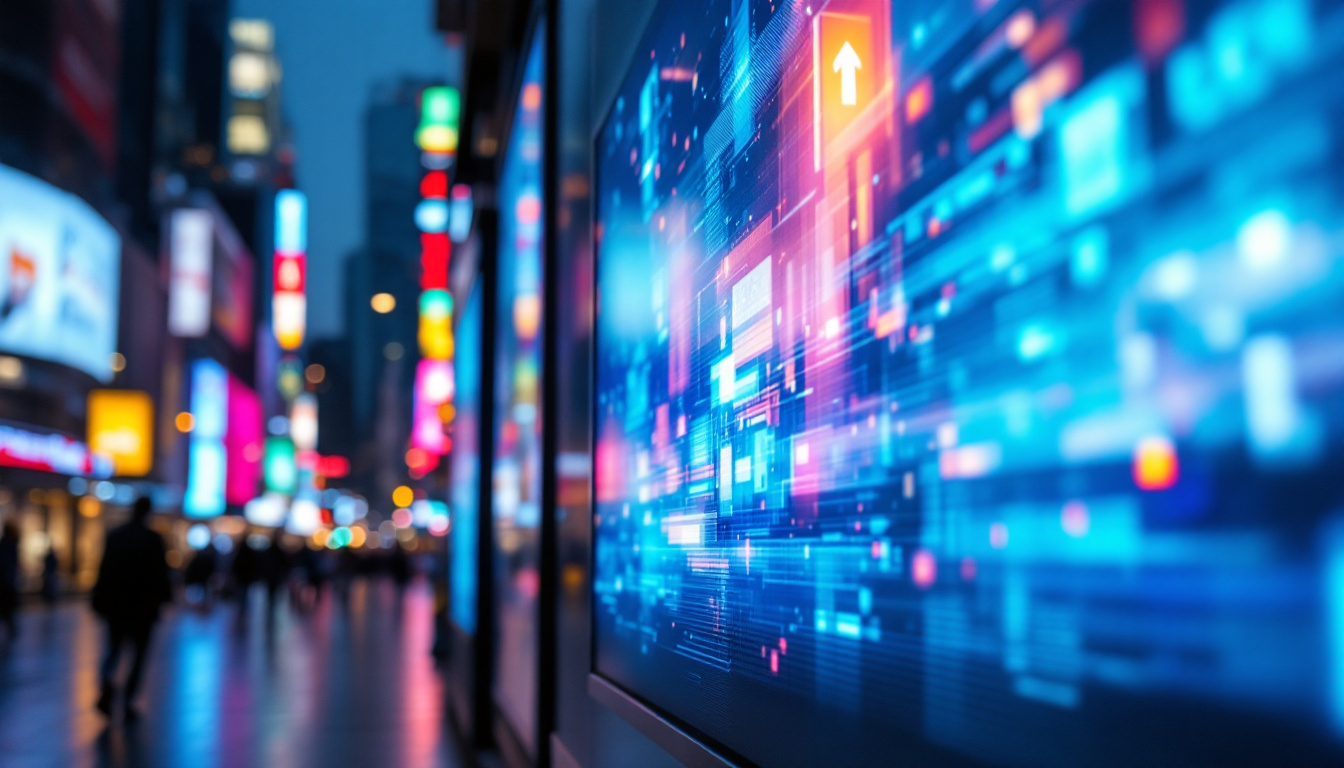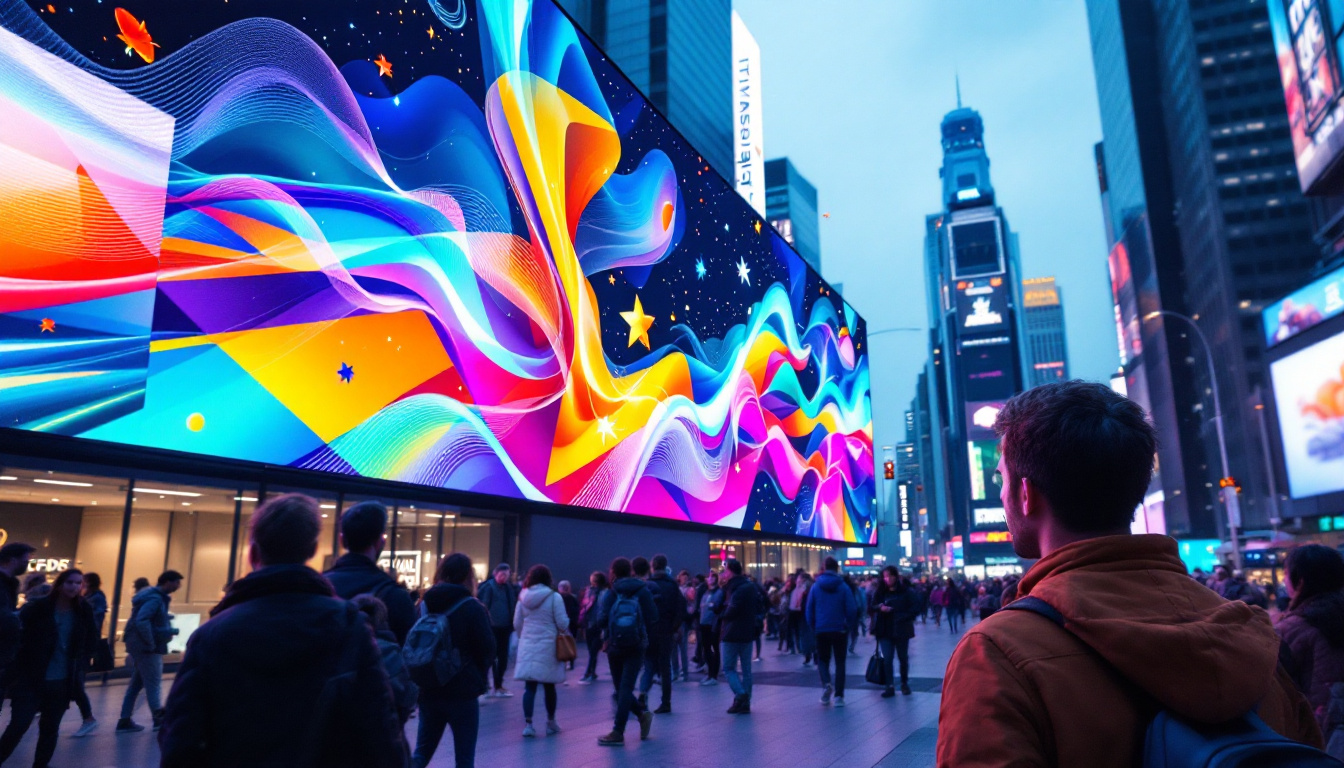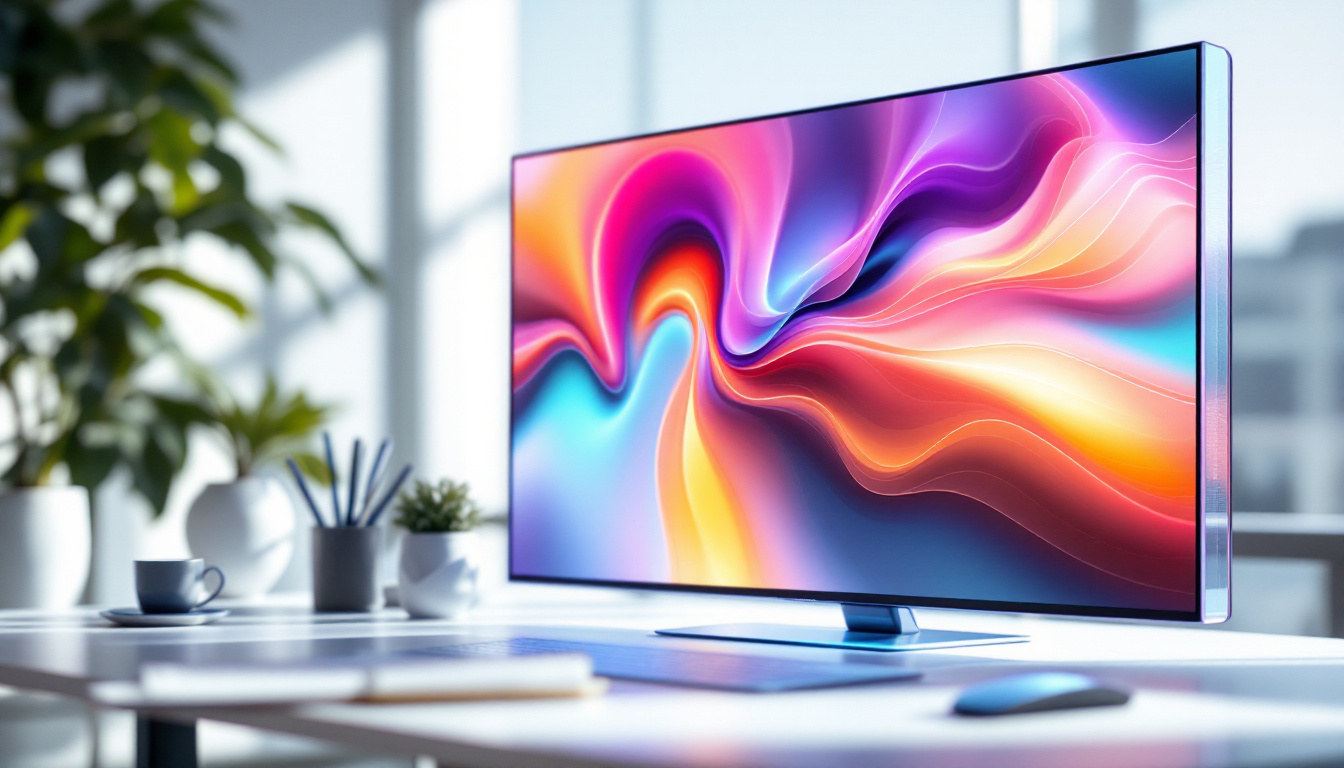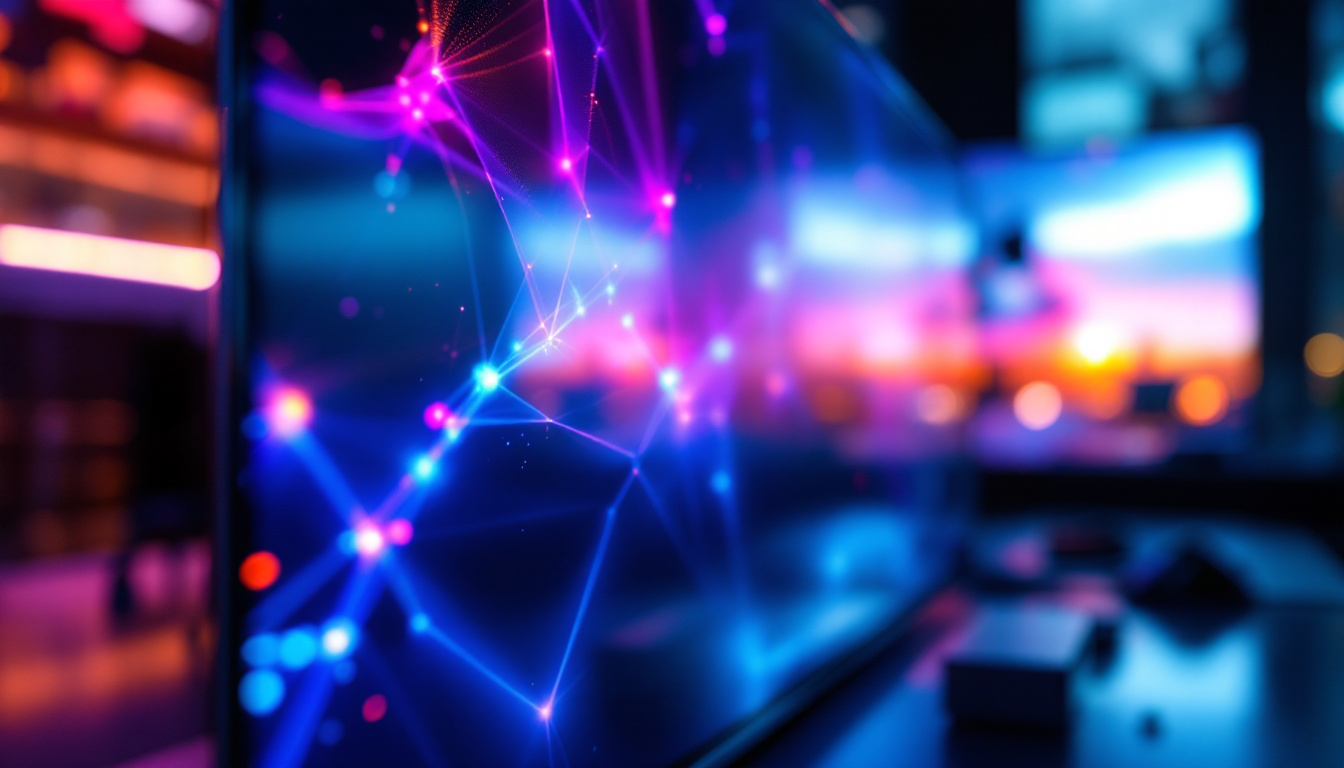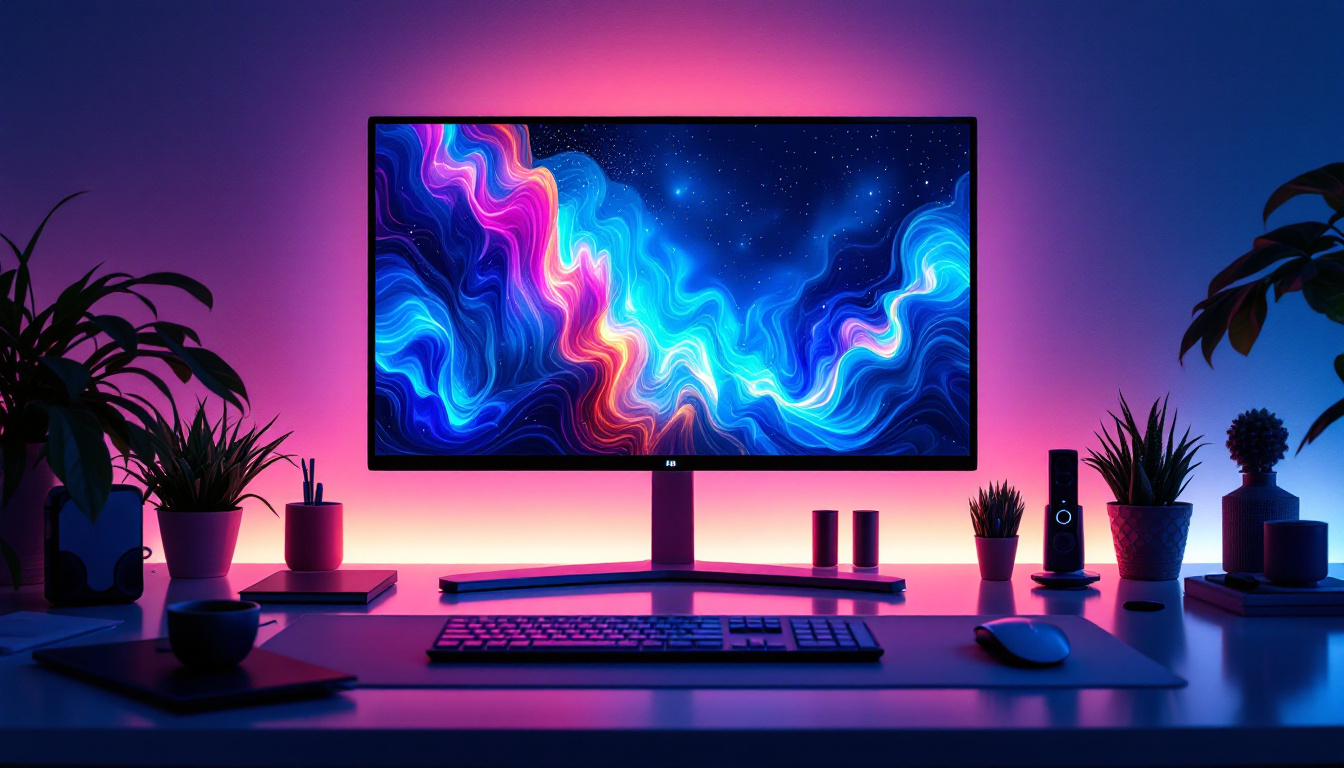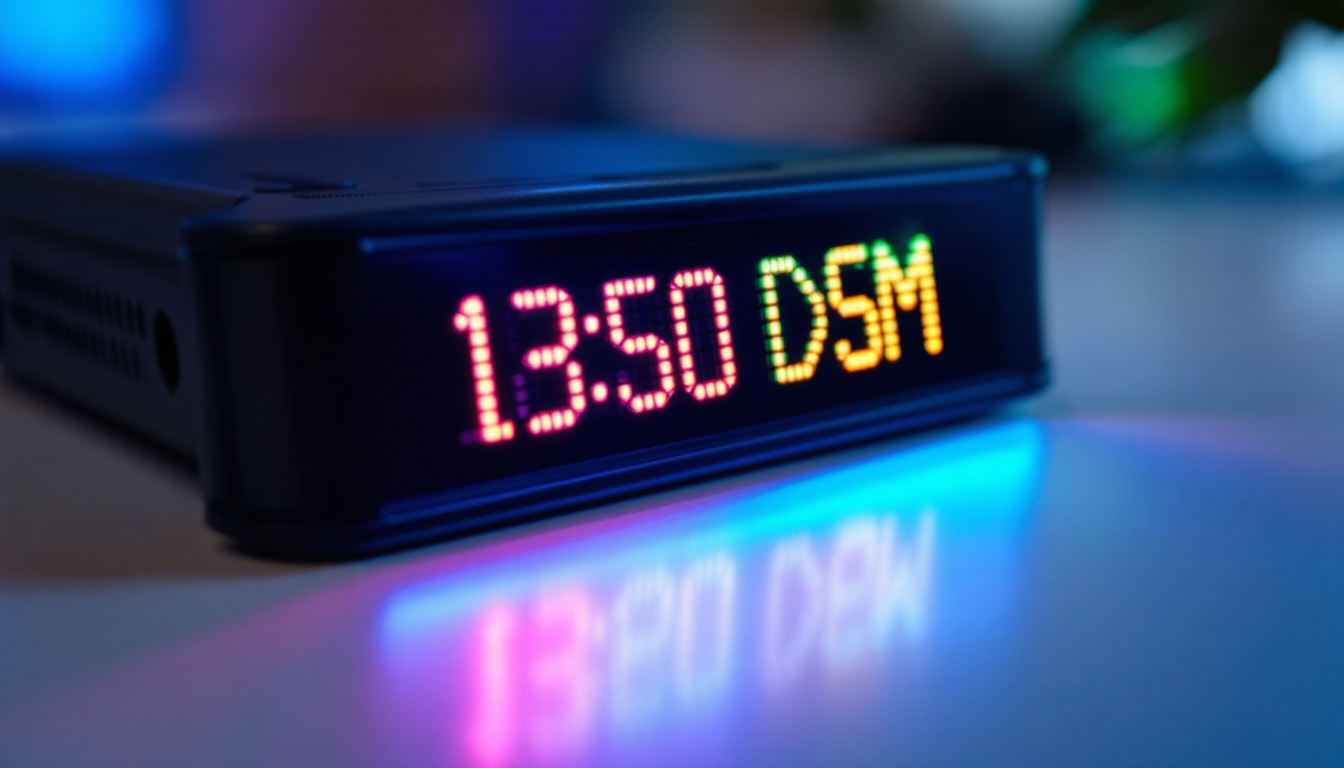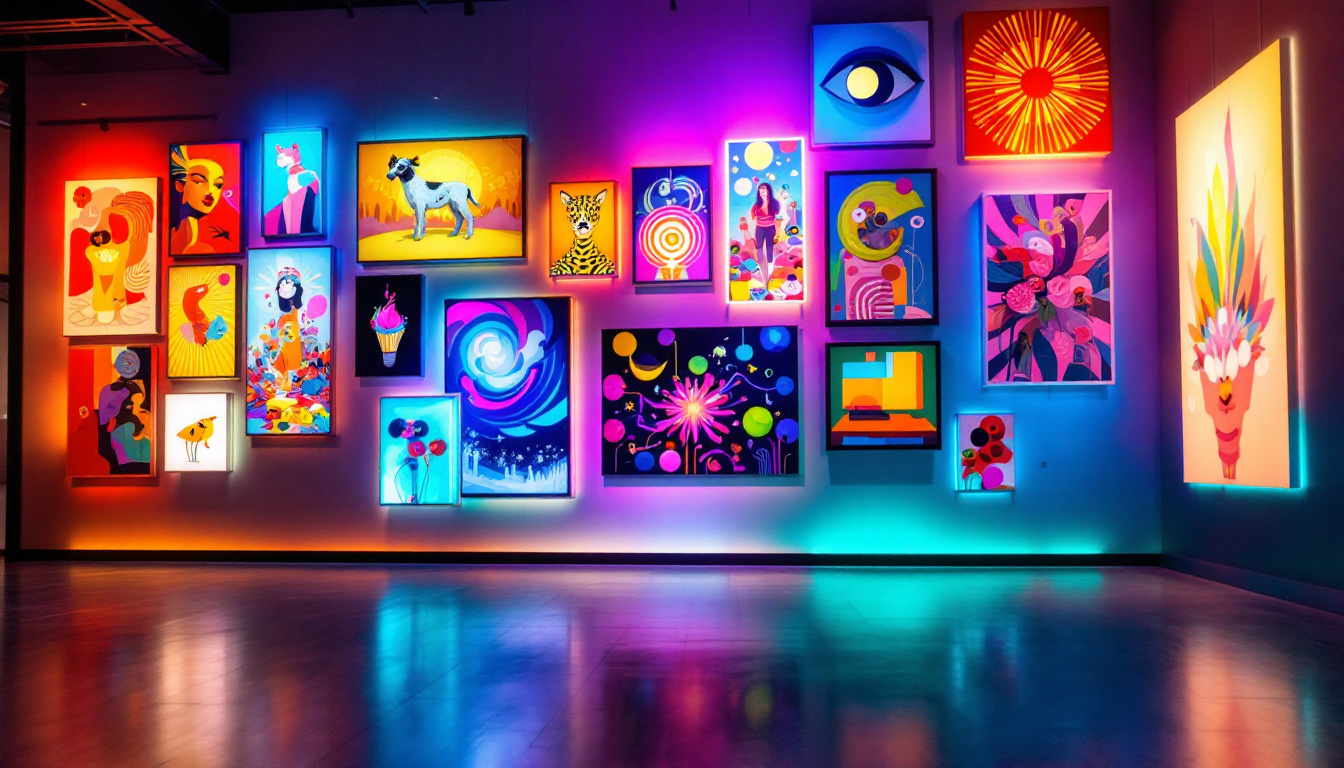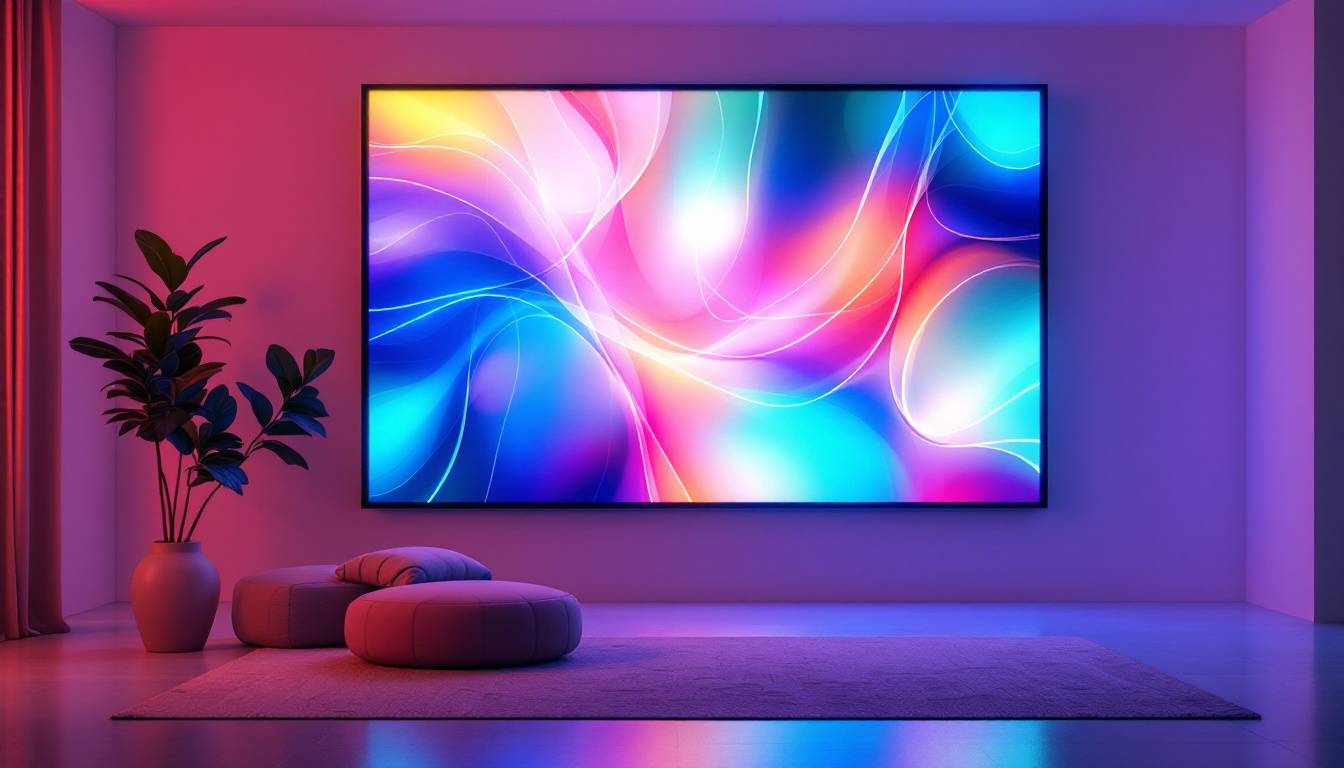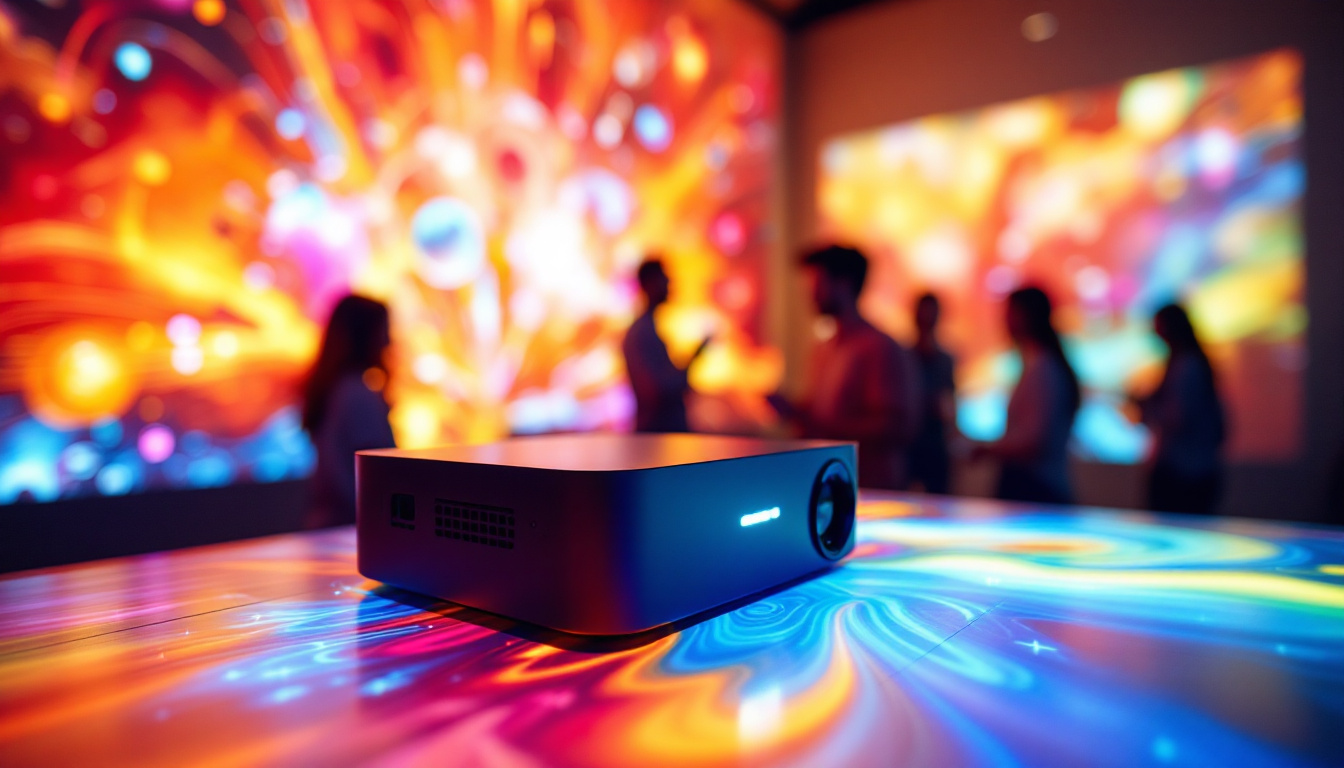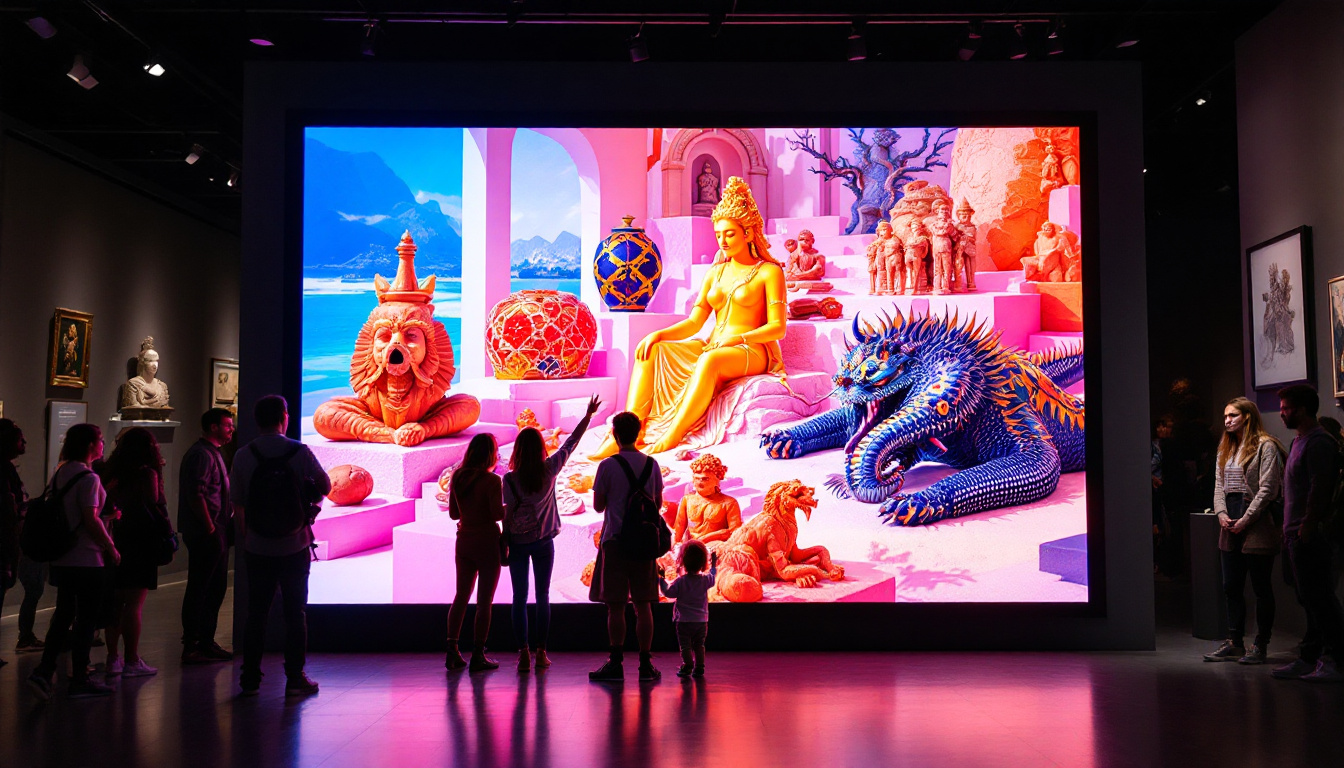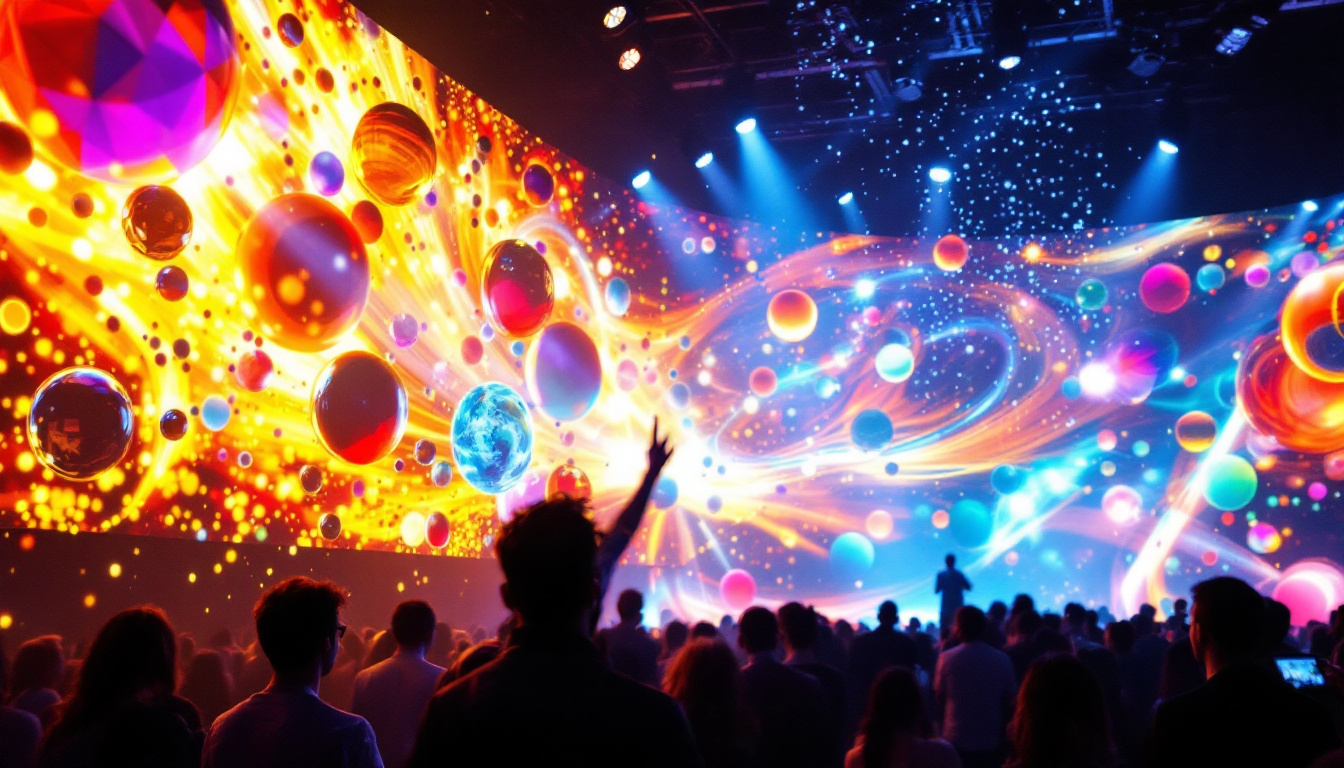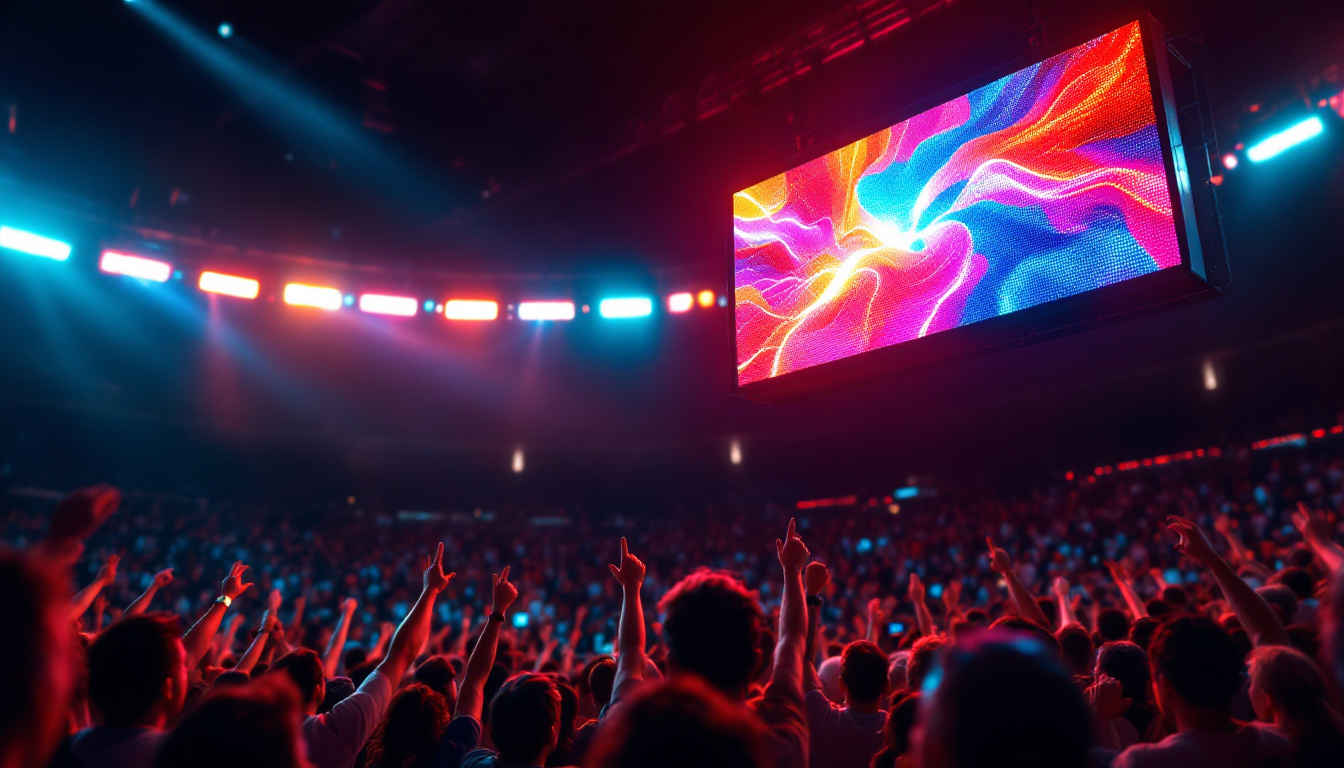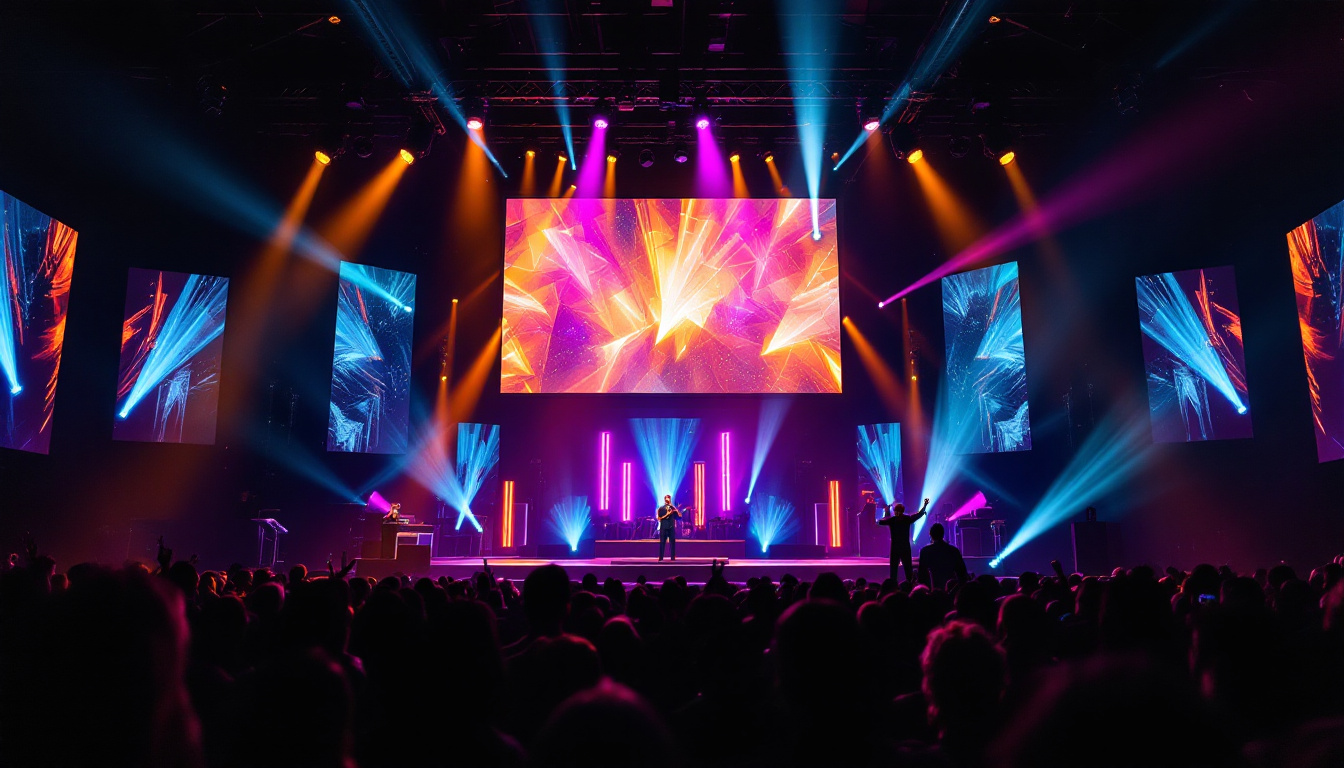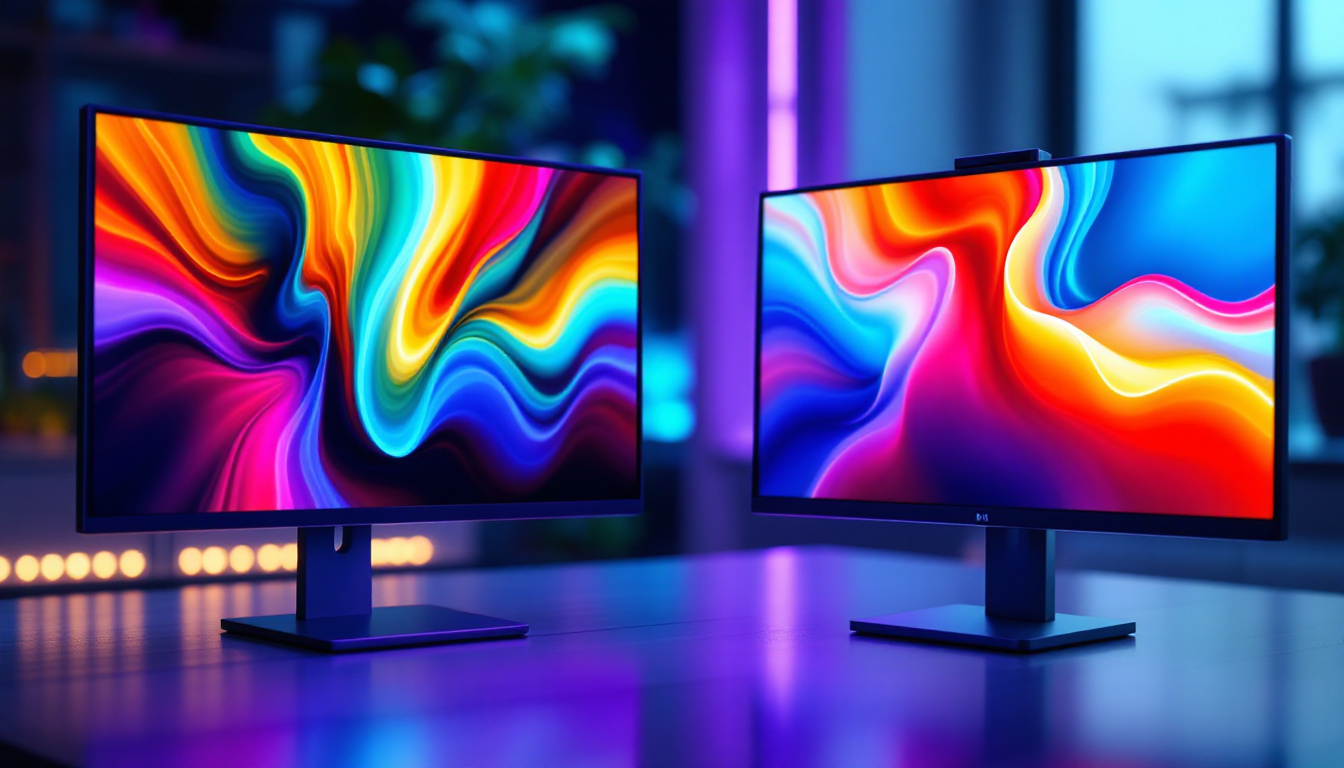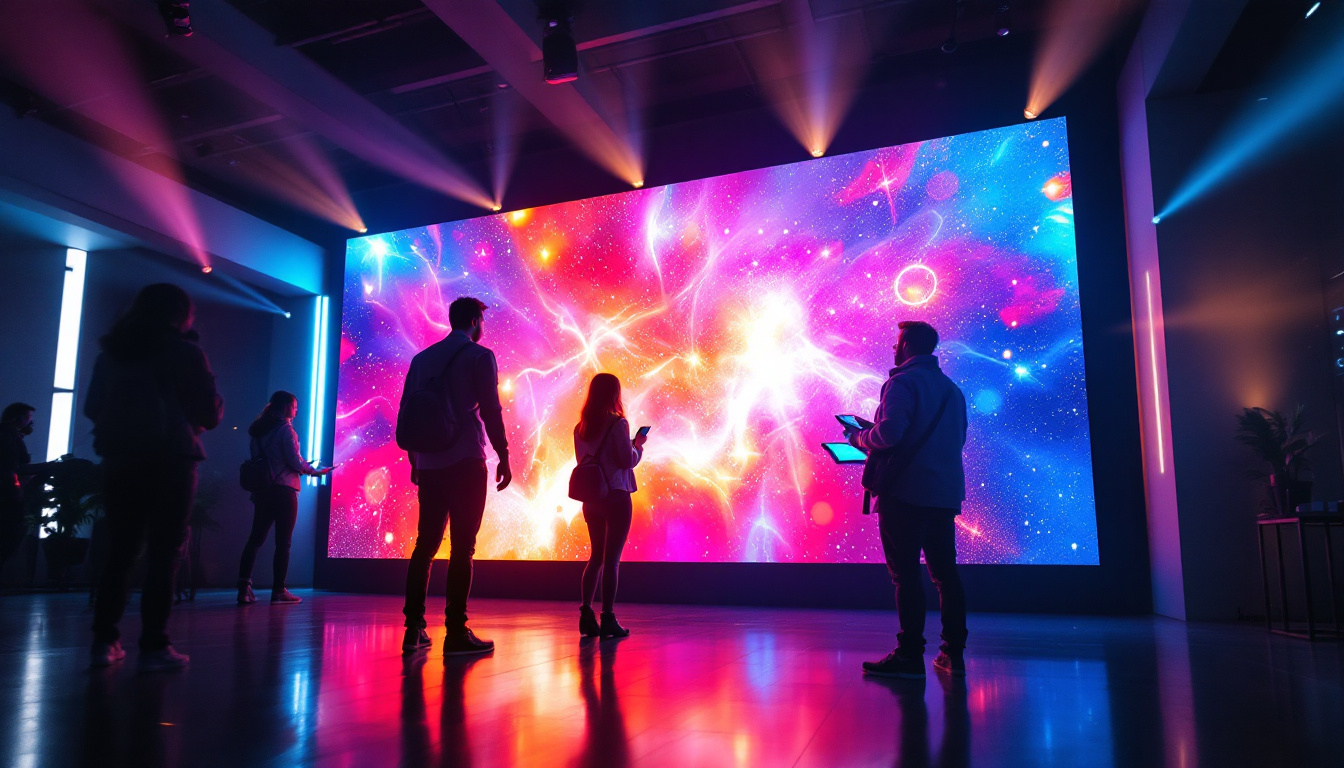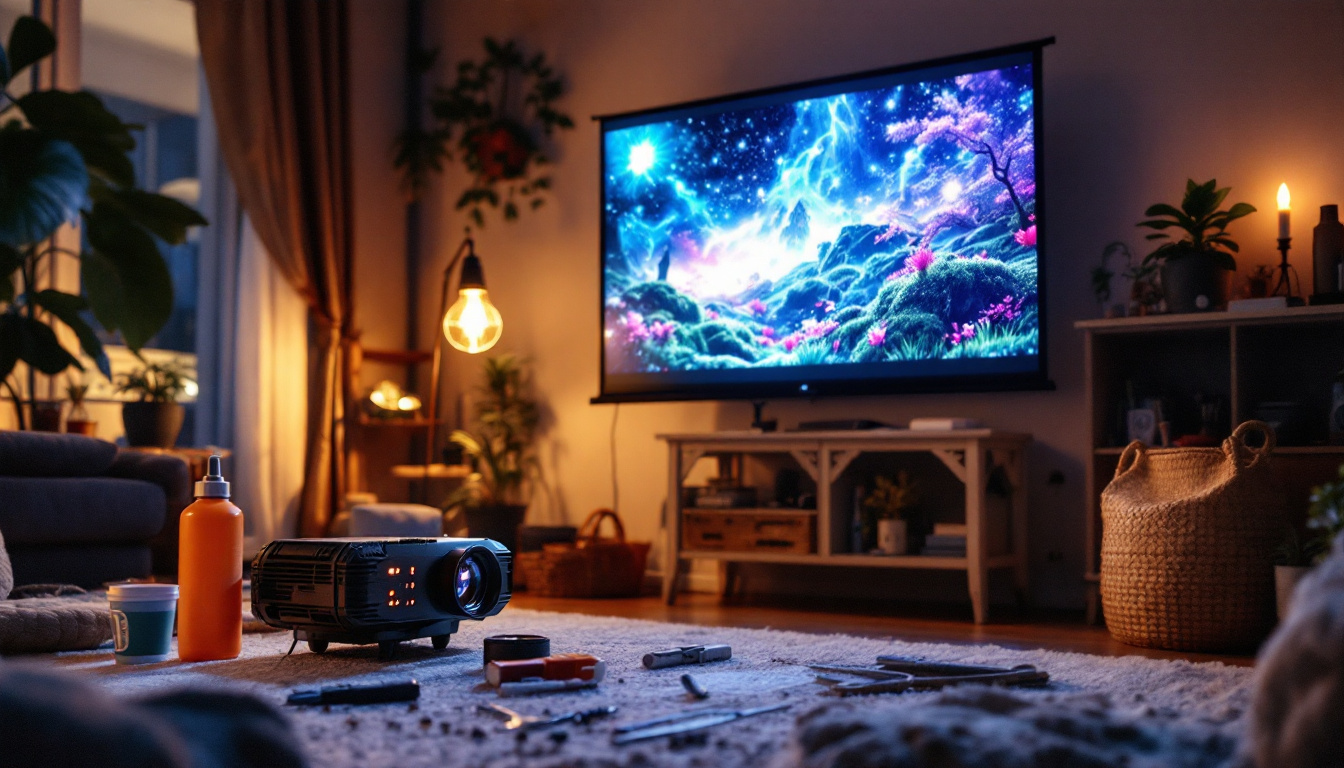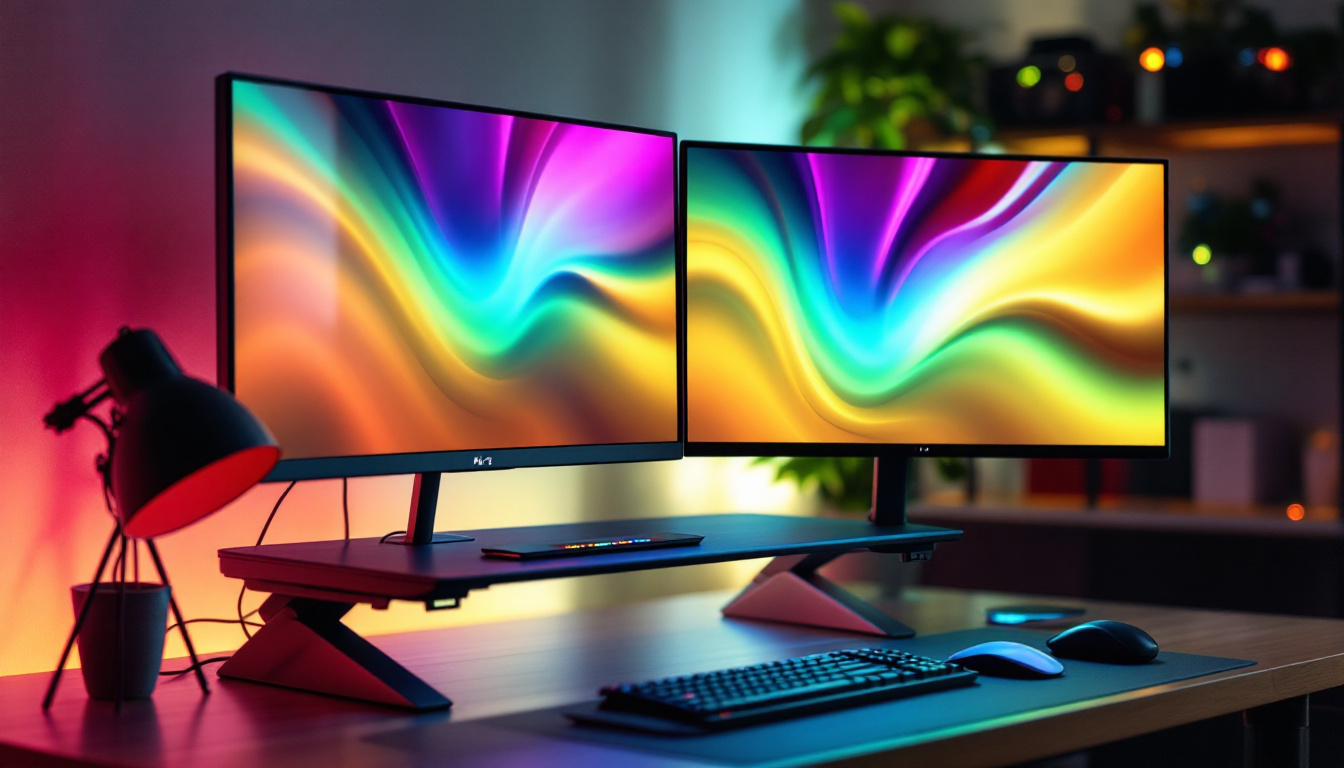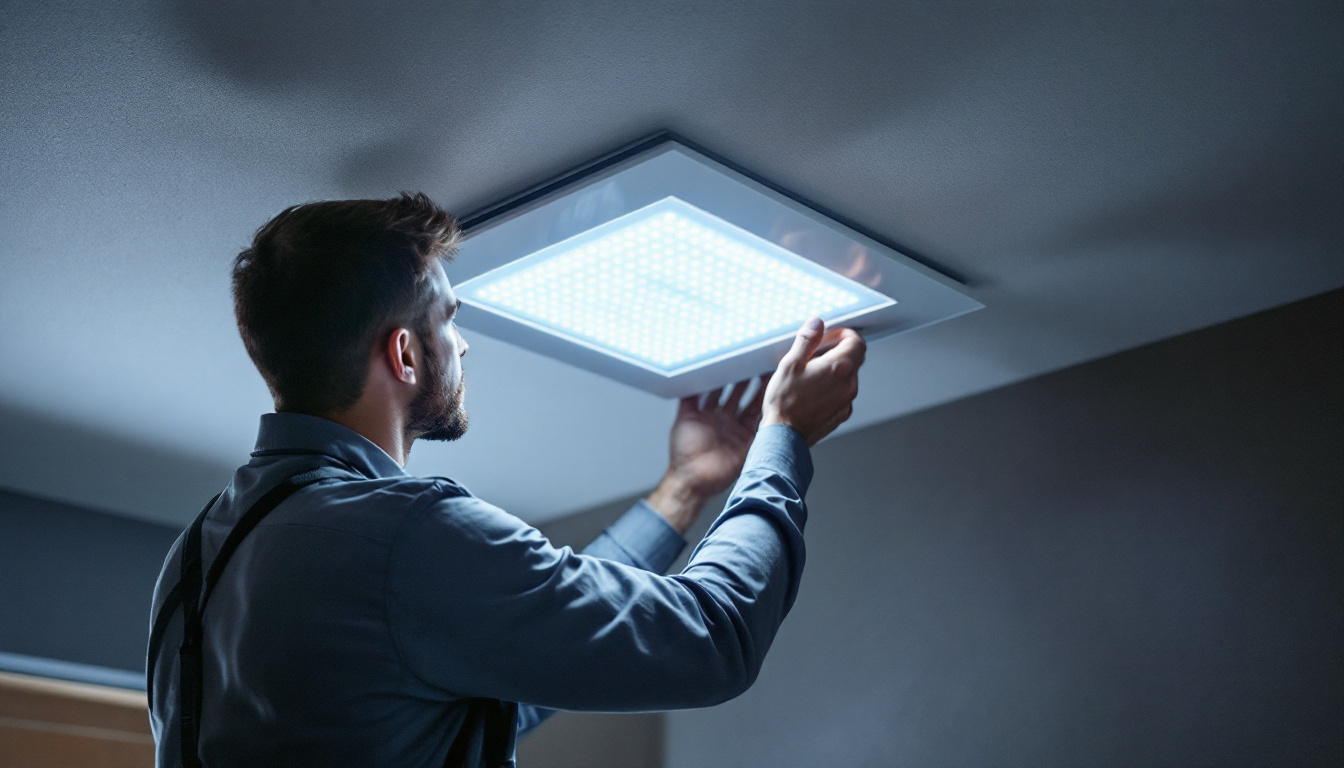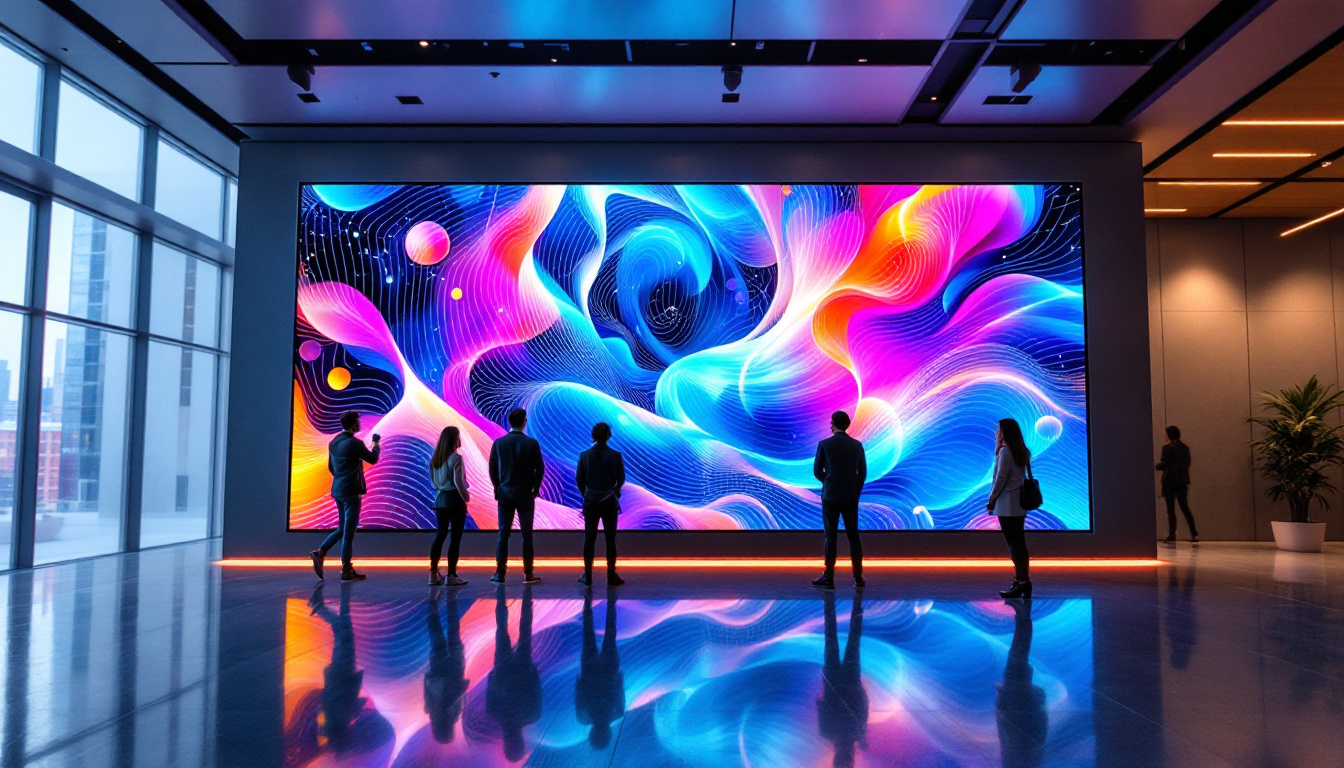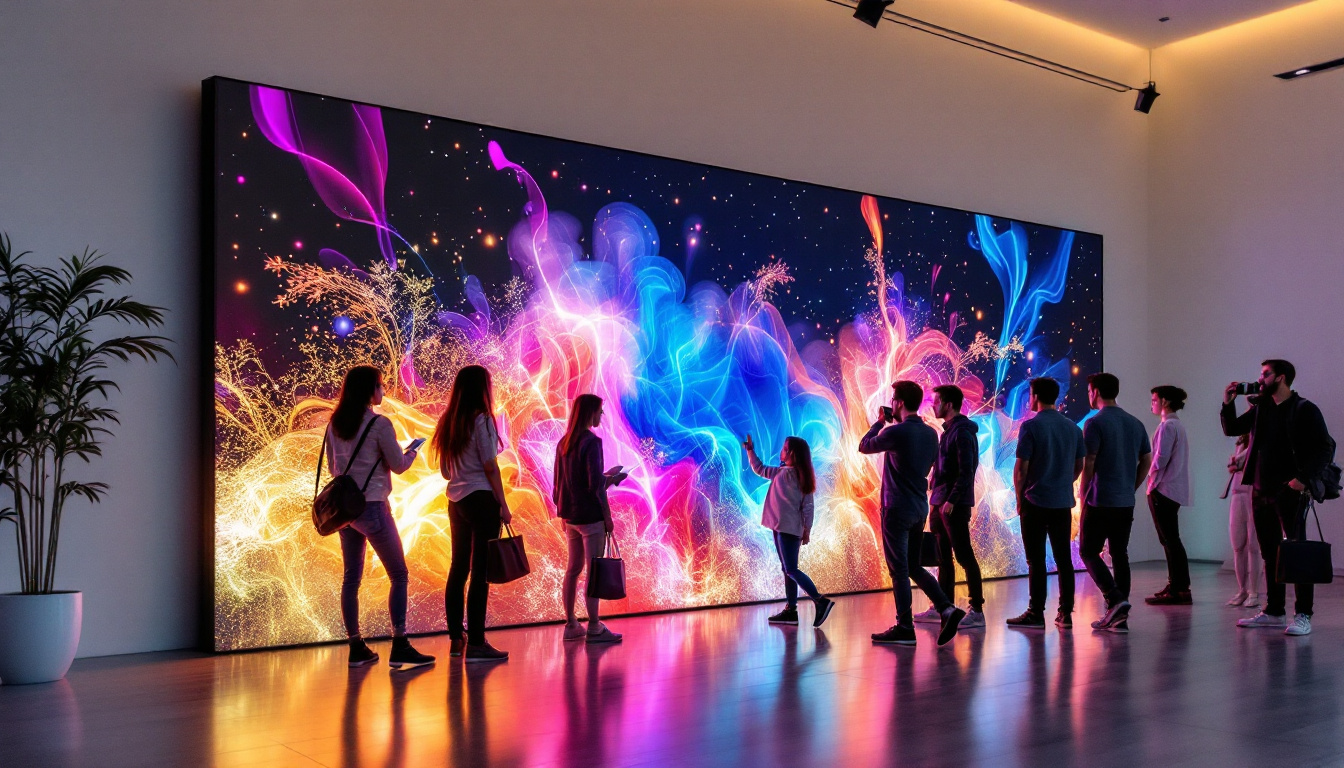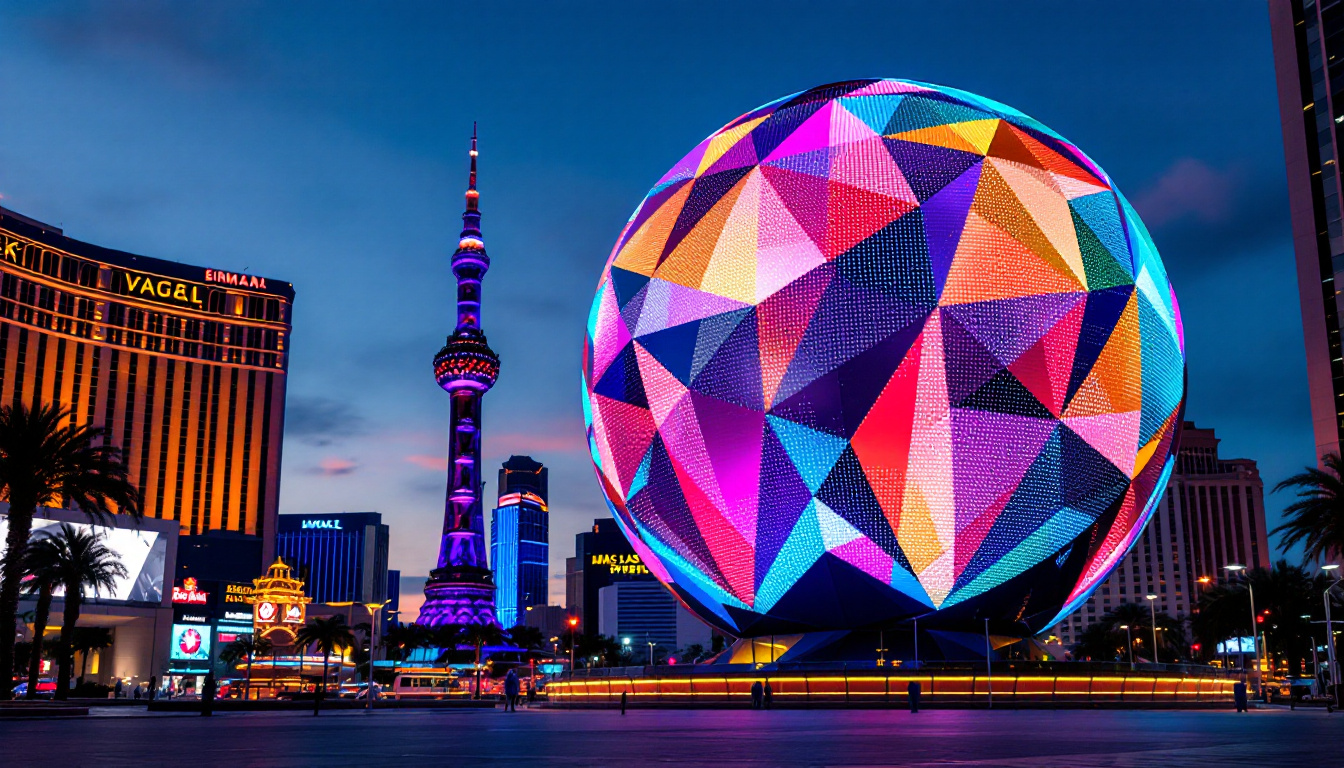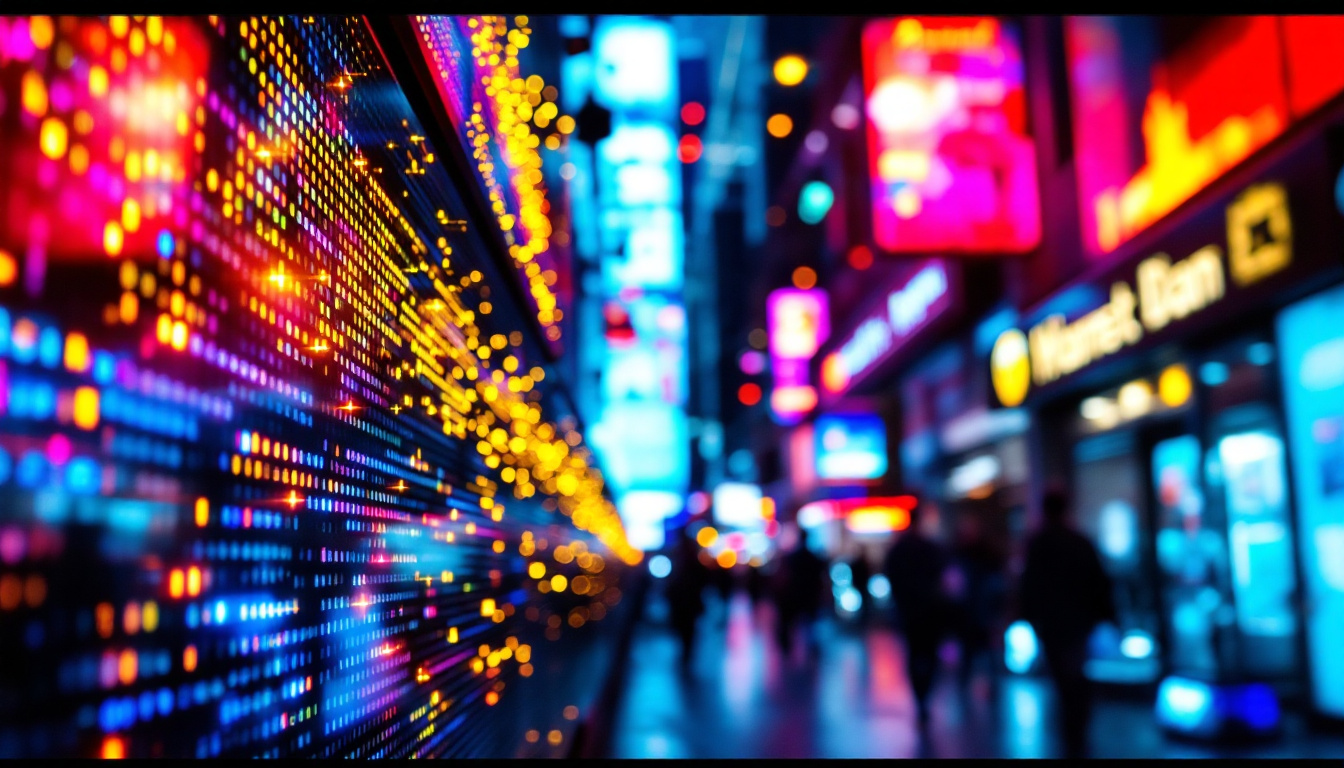In the realm of modern technology, the evolution of display systems has been nothing short of revolutionary. Among these advancements, the panel LED display stands out as a versatile and efficient solution for various applications. This article delves into the intricacies of LED displays, exploring their functionality, advantages, and diverse uses.
Understanding LED Technology
Light Emitting Diodes (LEDs) are semiconductor devices that emit light when an electric current passes through them. This technology has transformed the way displays are designed and utilized across different industries. The fundamental principle behind LED displays is the ability to produce bright and vibrant images with lower energy consumption compared to traditional display technologies.
The Basics of LED Displays
At its core, an LED display consists of numerous individual LEDs arranged in a grid format. Each LED functions as a pixel, capable of emitting different colors based on the electrical signals it receives. This pixel arrangement allows for high-resolution images and videos, making LED displays ideal for both indoor and outdoor applications.
LED displays can be categorized into two main types: direct view and rear projection. Direct view LED displays are commonly used in signage and large video walls, while rear projection displays are often found in settings where space is limited, such as conference rooms and control centers. The versatility of LED technology means it can be adapted for a variety of uses, from large-scale advertising billboards to small, intricate displays in consumer electronics.
How LED Displays Work
LED displays operate by combining red, green, and blue (RGB) LEDs to create a full spectrum of colors. By adjusting the intensity of each color, the display can produce a wide range of hues and shades. This color mixing technique is essential for achieving high-quality visuals.
Additionally, the brightness and contrast of LED displays are significantly enhanced by their ability to control individual pixels. This feature allows for deeper blacks and more vivid colors, contributing to an overall improved viewing experience. The rapid response time of LEDs also plays a crucial role in delivering smooth motion and reducing blurring, making them particularly effective for dynamic content such as sports broadcasts and video games.
Moreover, advancements in LED technology have led to the development of organic LEDs (OLEDs) and microLEDs, which offer even greater flexibility and performance. OLEDs, for example, utilize organic compounds to emit light, allowing for thinner displays and better color accuracy. MicroLEDs, on the other hand, consist of tiny, self-emissive LEDs that can be arranged in various configurations, paving the way for modular displays that can be customized to fit any space or requirement. These innovations not only enhance the visual experience but also contribute to energy efficiency and longevity, making LED technology a sustainable choice for the future.
Advantages of Panel LED Displays
Panel LED displays offer a myriad of advantages that make them a preferred choice for many applications. From energy efficiency to versatility, these displays cater to a variety of needs in both commercial and residential settings.
Energy Efficiency
One of the most significant benefits of LED technology is its energy efficiency. Compared to traditional display technologies, such as LCD and plasma, LED displays consume considerably less power. This reduced energy consumption not only lowers operational costs but also has a positive impact on the environment.
Furthermore, LED displays have a longer lifespan, often exceeding 50,000 hours of usage. This longevity translates to fewer replacements and reduced waste, making them a sustainable option in the long run.
High Brightness and Visibility
Panel LED displays are known for their exceptional brightness levels, making them suitable for various lighting conditions. Whether used indoors or outdoors, these displays maintain visibility even in direct sunlight, ensuring that content is easily readable from a distance.
This high brightness capability is particularly advantageous for advertising and promotional displays, where capturing attention is crucial. The vibrant colors and sharp images produced by LED technology help businesses stand out in crowded environments.
Versatility and Customization
Another noteworthy advantage of panel LED displays is their versatility. They can be customized to fit a wide range of applications, from large-scale outdoor billboards to smaller indoor screens used for presentations. This adaptability allows businesses to tailor their displays to meet specific requirements.
Moreover, LED displays can be configured in various shapes and sizes, enabling creative installations that enhance the aesthetic appeal of a space. This flexibility is particularly valuable in artistic and architectural applications, where unique designs can be realized.
Applications of Panel LED Displays
The applications of panel LED displays are vast and varied, spanning multiple industries. Their ability to deliver high-quality visuals in diverse environments makes them a popular choice among businesses and organizations.
Advertising and Marketing
One of the most prominent uses of panel LED displays is in advertising and marketing. Retailers and businesses utilize these displays to showcase promotions, product launches, and brand messaging. The dynamic nature of LED technology allows for eye-catching animations and videos that can attract potential customers.
Outdoor LED billboards, in particular, have gained immense popularity due to their ability to reach a wide audience. These displays can be updated remotely, allowing for real-time content changes that keep advertisements fresh and relevant.
Events and Entertainment
In the events and entertainment industry, panel LED displays play a crucial role in enhancing the audience experience. Concerts, festivals, and sporting events often feature large LED screens that display live footage, graphics, and animations, creating an immersive atmosphere.
Additionally, LED displays are commonly used in theaters and auditoriums for presentations and performances. Their high resolution and brightness ensure that every detail is visible, regardless of the seating position.
Corporate and Educational Use
In corporate settings, panel LED displays are utilized for presentations, video conferencing, and information sharing. Their clarity and brightness make them ideal for boardrooms and meeting spaces, facilitating effective communication among team members.
Similarly, educational institutions have embraced LED technology for classrooms and auditoriums. These displays can be used to present educational content, engage students, and facilitate interactive learning experiences.
Choosing the Right Panel LED Display
When selecting a panel LED display, several factors should be considered to ensure that the chosen solution meets specific needs and requirements. Understanding these factors can help businesses and organizations make informed decisions.
Resolution and Pixel Pitch
Resolution is a critical aspect of LED displays, as it determines the clarity and detail of the images produced. Higher resolution displays have more pixels per inch, resulting in sharper visuals. Pixel pitch, which refers to the distance between individual pixels, also plays a significant role in image quality. A smaller pixel pitch typically indicates a higher resolution and is ideal for closer viewing distances.
Brightness Levels
Brightness is another important consideration, especially for outdoor displays. The brightness level, measured in nits, indicates how well the display can perform in various lighting conditions. For outdoor applications, a brightness level of at least 5,000 nits is recommended to ensure visibility in direct sunlight.
Durability and Weather Resistance
For outdoor installations, durability and weather resistance are paramount. LED displays should be designed to withstand environmental factors such as rain, wind, and extreme temperatures. Look for displays with an IP rating that indicates their level of protection against dust and moisture.
Future Trends in LED Display Technology
The LED display industry is continuously evolving, with new technologies and innovations emerging at a rapid pace. Several trends are shaping the future of panel LED displays, promising even more exciting developments.
Advancements in MicroLED Technology
MicroLED technology is gaining traction as a next-generation display solution. Unlike traditional LED displays, which use larger LEDs, microLEDs consist of tiny individual LEDs that can be placed closer together. This advancement allows for higher resolutions and improved color accuracy, making microLED displays a compelling option for high-end applications.
As microLED technology matures, it is expected to offer even greater flexibility in terms of size and shape, further expanding the possibilities for creative installations.
Integration with Smart Technologies
The integration of LED displays with smart technologies is another trend that is reshaping the industry. Smart LED displays can connect to the internet, enabling remote management and content updates. This connectivity allows businesses to streamline their operations and respond quickly to changing marketing needs.
Additionally, the incorporation of artificial intelligence (AI) into LED displays can enhance user experiences by providing personalized content based on audience preferences and behaviors.
Focus on Sustainability
As environmental concerns continue to rise, the LED display industry is placing a greater emphasis on sustainability. Manufacturers are exploring eco-friendly materials and production processes to reduce the environmental impact of display systems. Furthermore, recycling programs for old displays are becoming more common, promoting responsible disposal and resource conservation.
Conclusion
Panel LED displays have revolutionized the way information is presented and consumed across various industries. Their energy efficiency, high brightness, and versatility make them an invaluable tool for advertising, entertainment, corporate communication, and education.
As technology continues to advance, the future of LED displays looks promising, with innovations such as microLED technology and smart integrations paving the way for even more dynamic and engaging visual experiences. By understanding the benefits and applications of panel LED displays, businesses can harness their potential to enhance communication and captivate audiences.
In a world where visual information is paramount, embracing LED display technology is not just an option; it is a necessity for staying competitive and relevant in today’s fast-paced environment.
Discover LumenMatrix LED Display Solutions
Ready to elevate your visual communication with cutting-edge technology? LumenMatrix is at the forefront of LED display innovation, offering a wide range of solutions tailored to your unique needs. From vibrant Indoor and Outdoor LED Wall Displays to dynamic Vehicle and Sports LED Displays, our products are designed to captivate and engage. Experience the future of digital signage with our LED Poster Displays, Floor LED Displays, and Custom LED solutions. Embrace the clarity and impact of LumenMatrix’s All-in-One and Transparent LED Displays. Check out LumenMatrix LED Display Solutions today and transform the way you share your message with the world.

